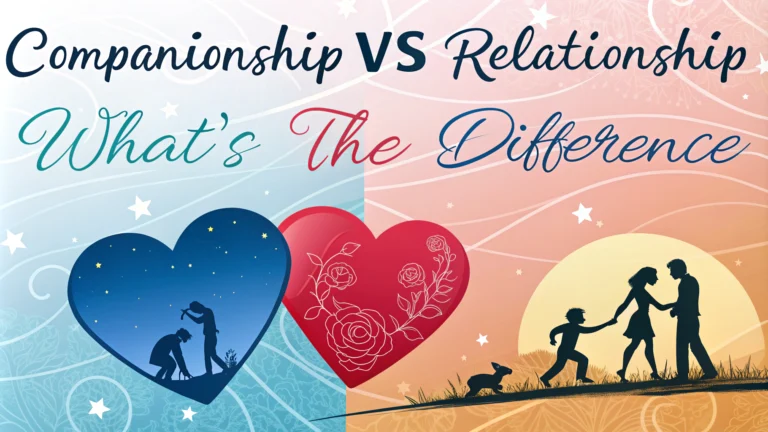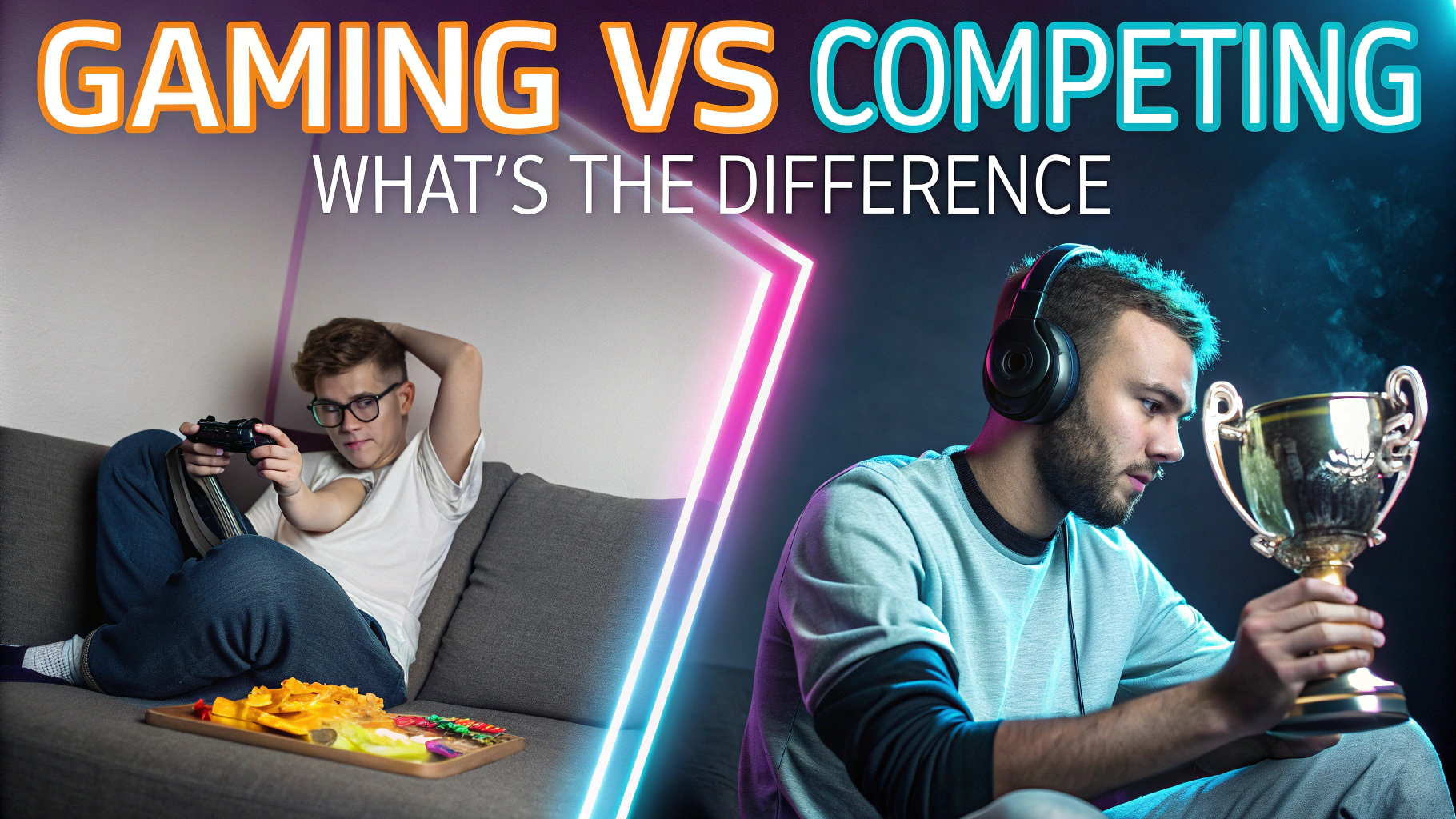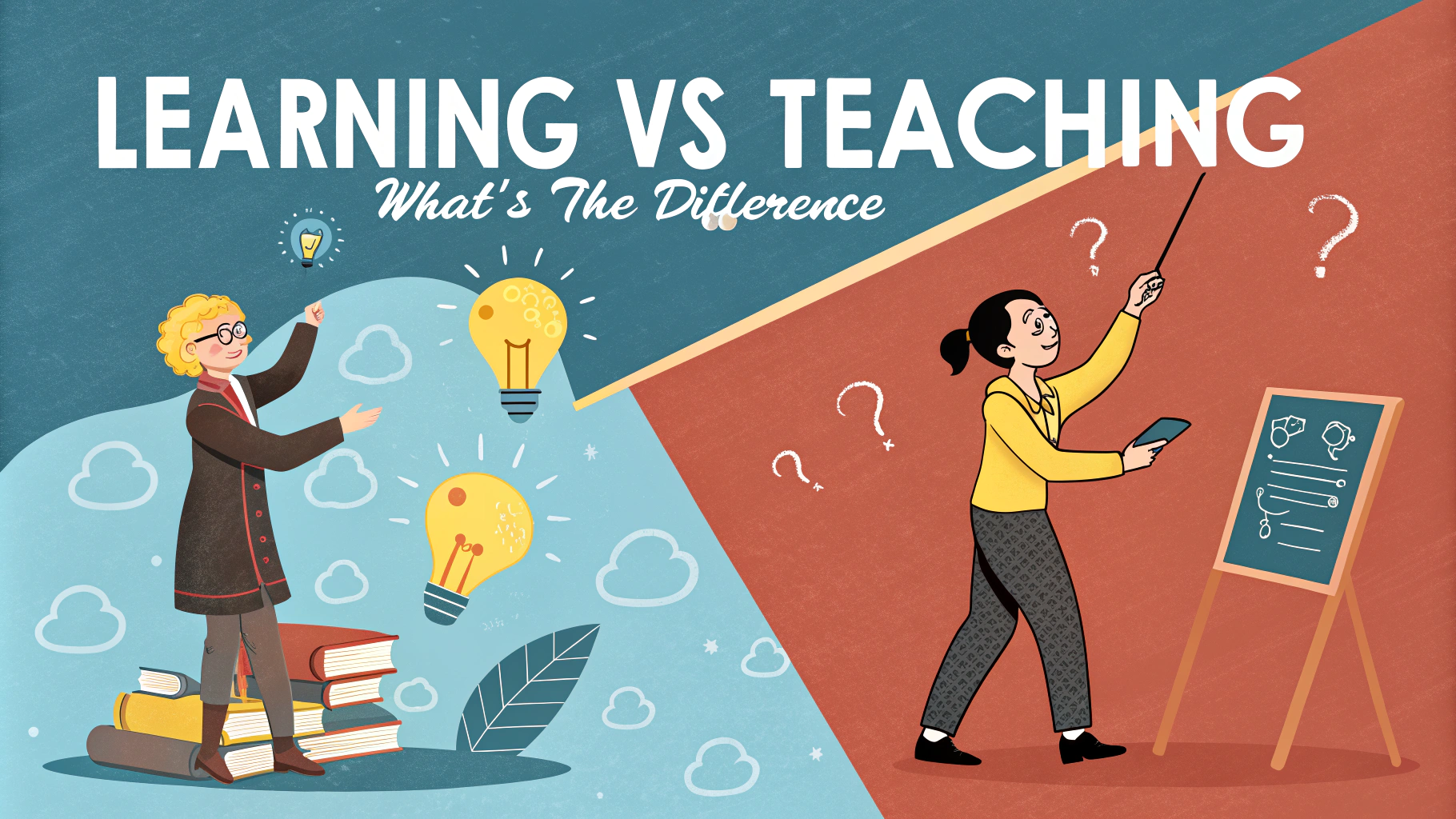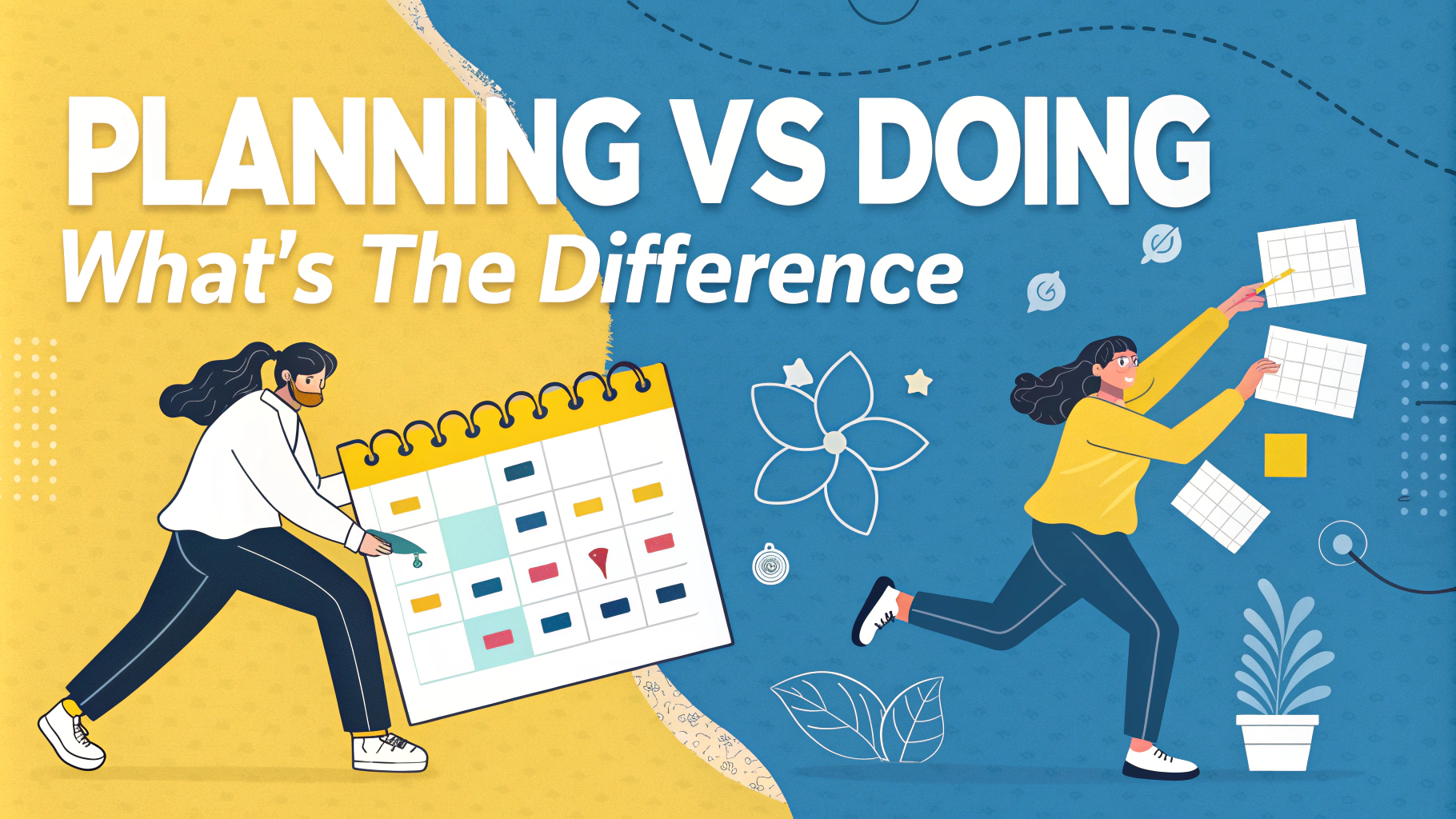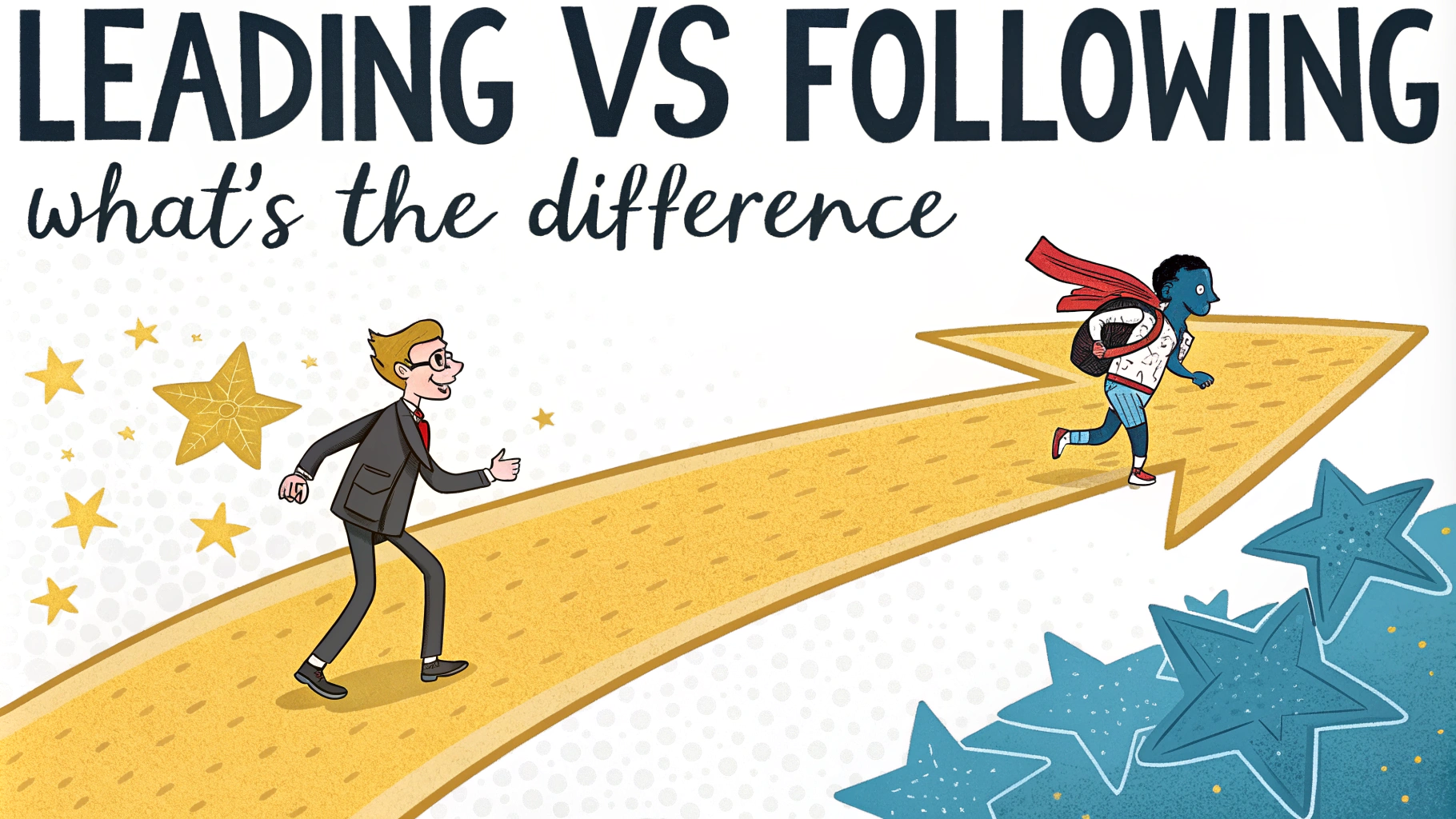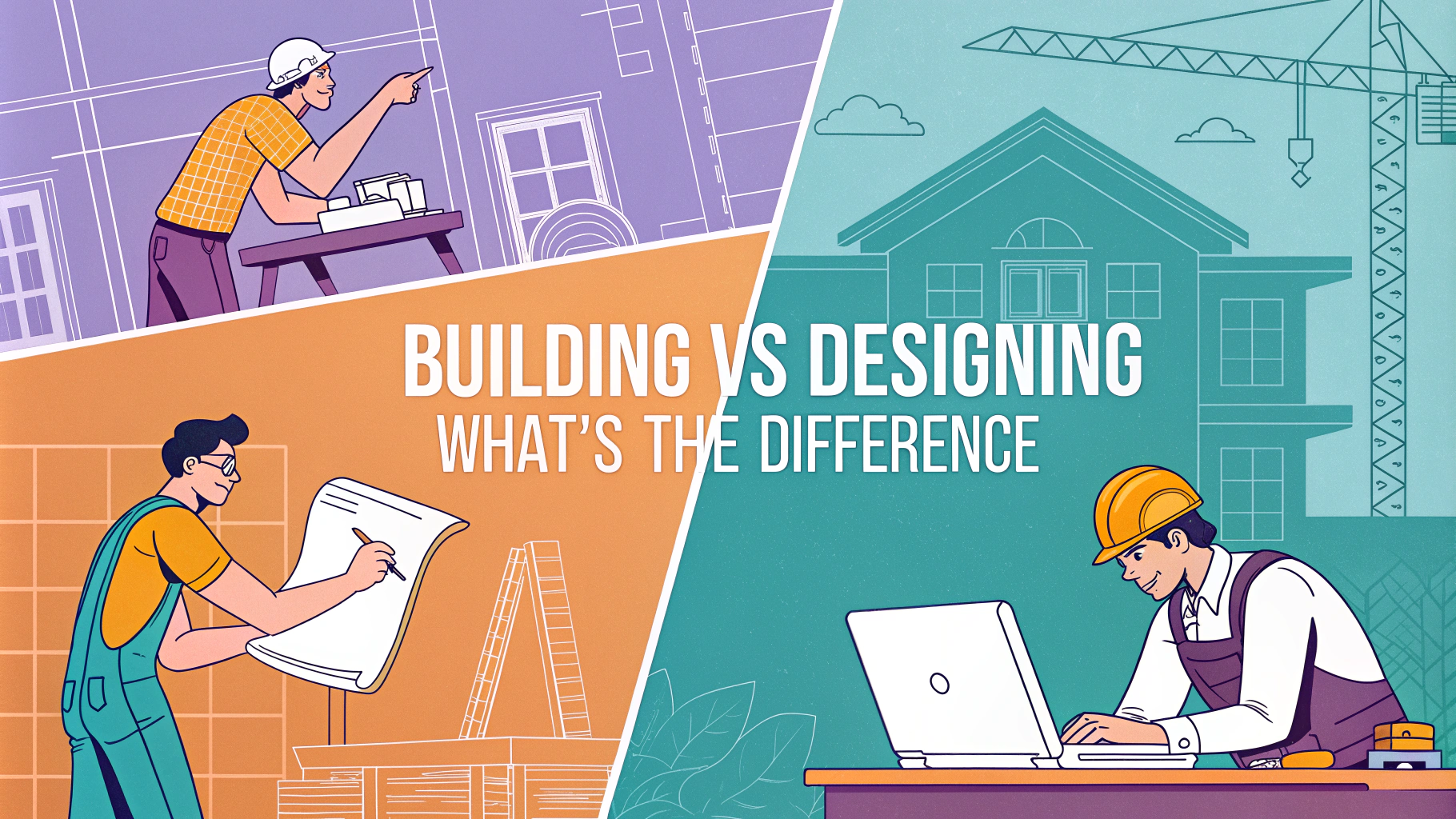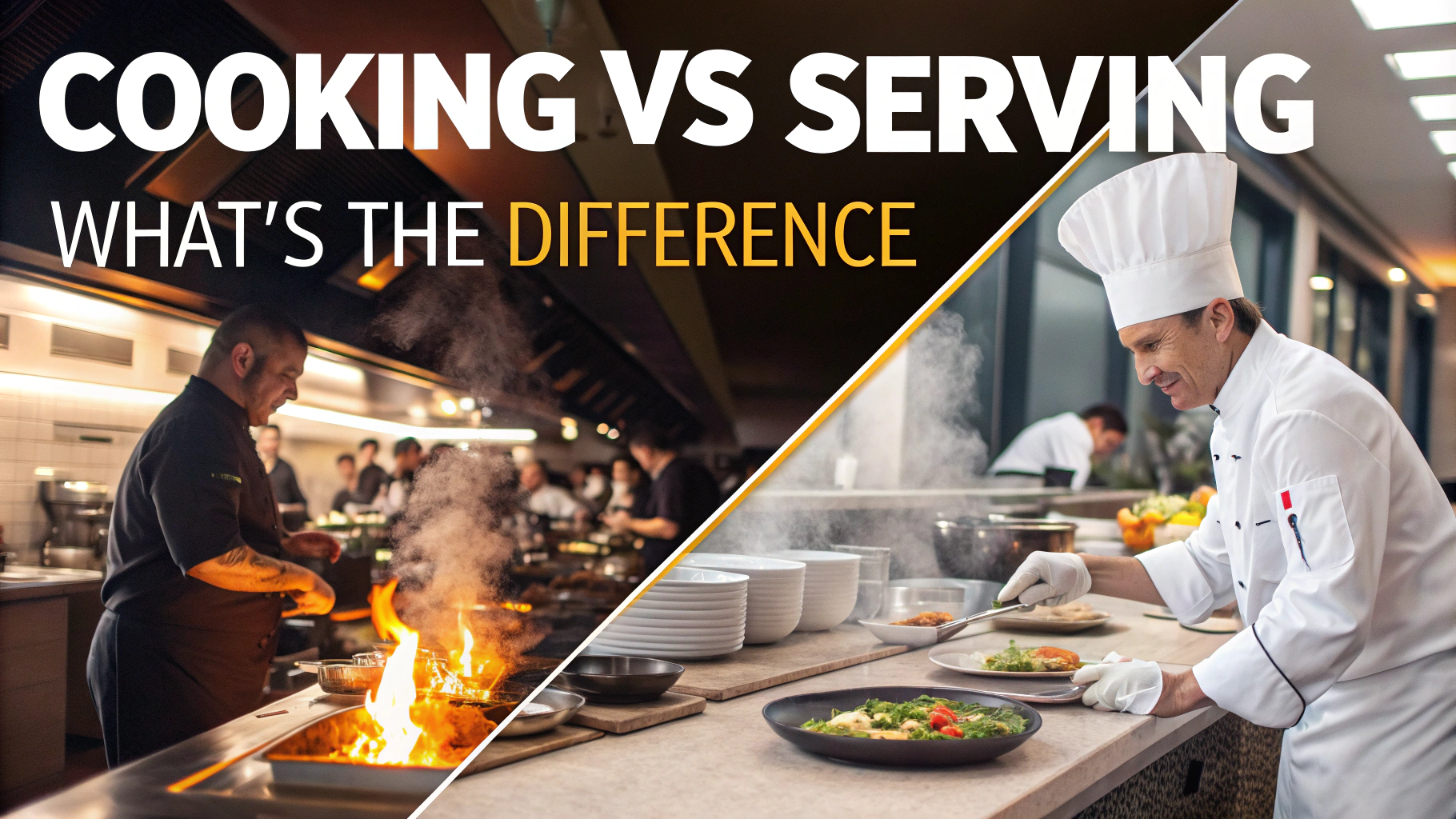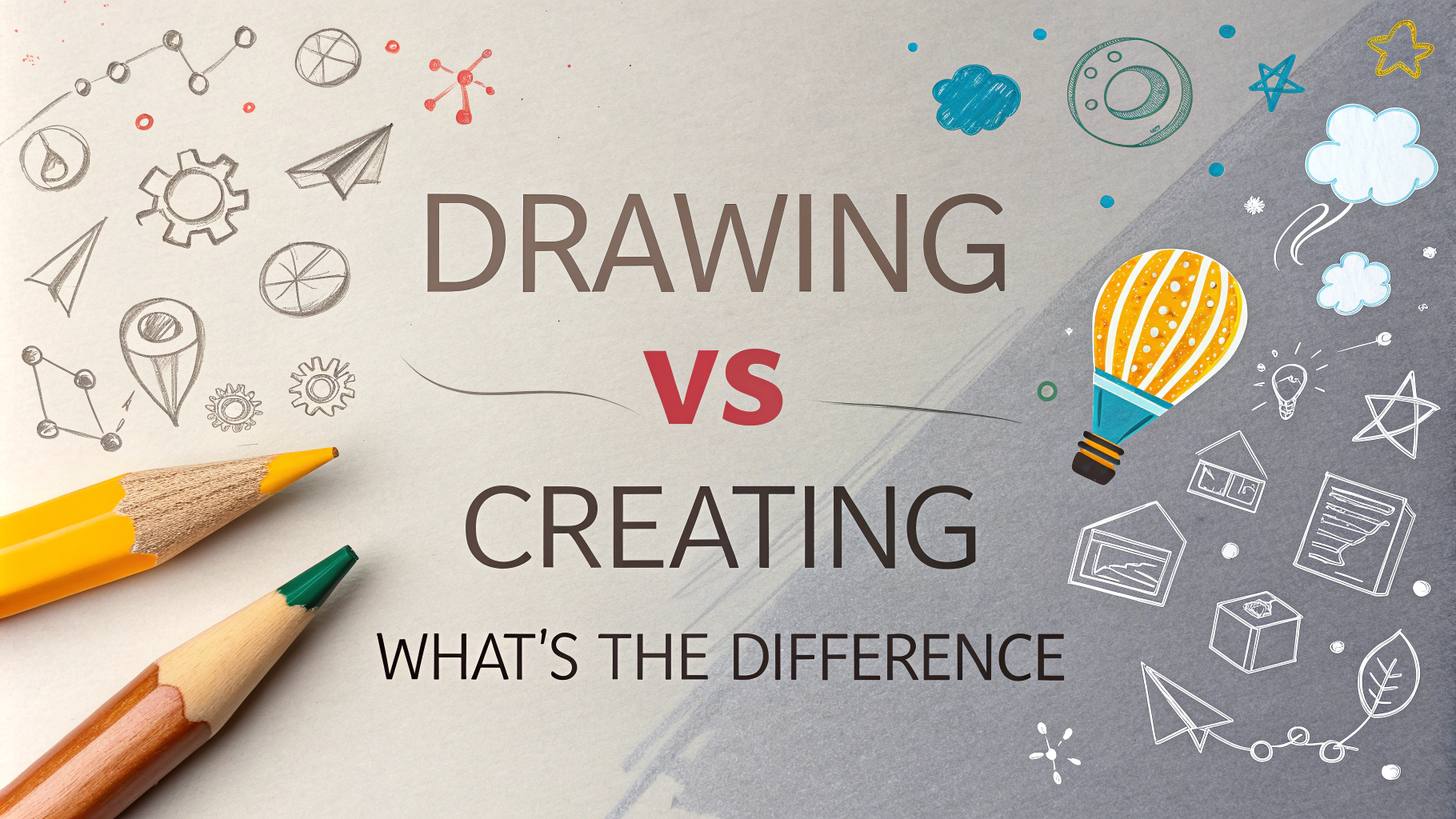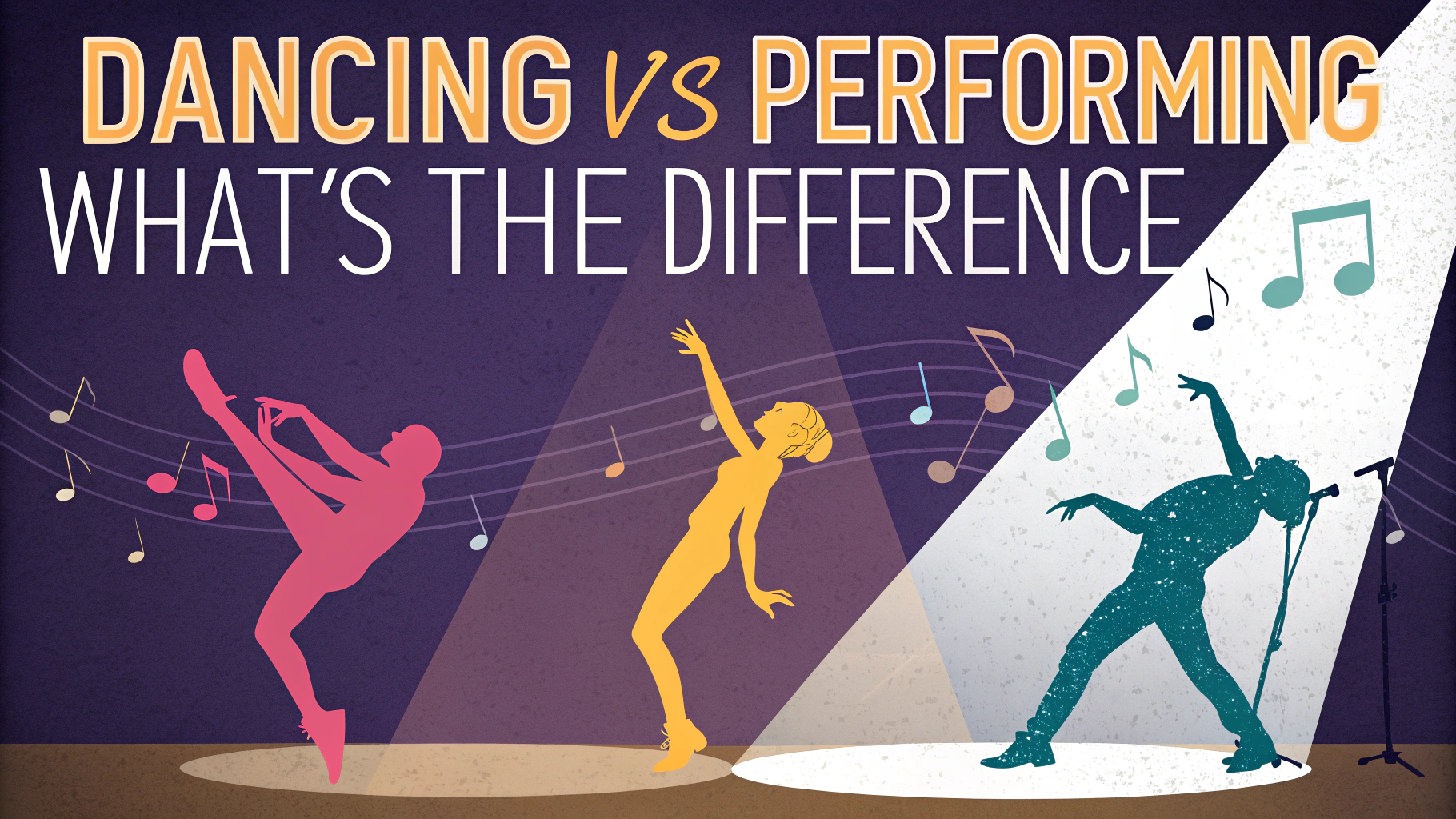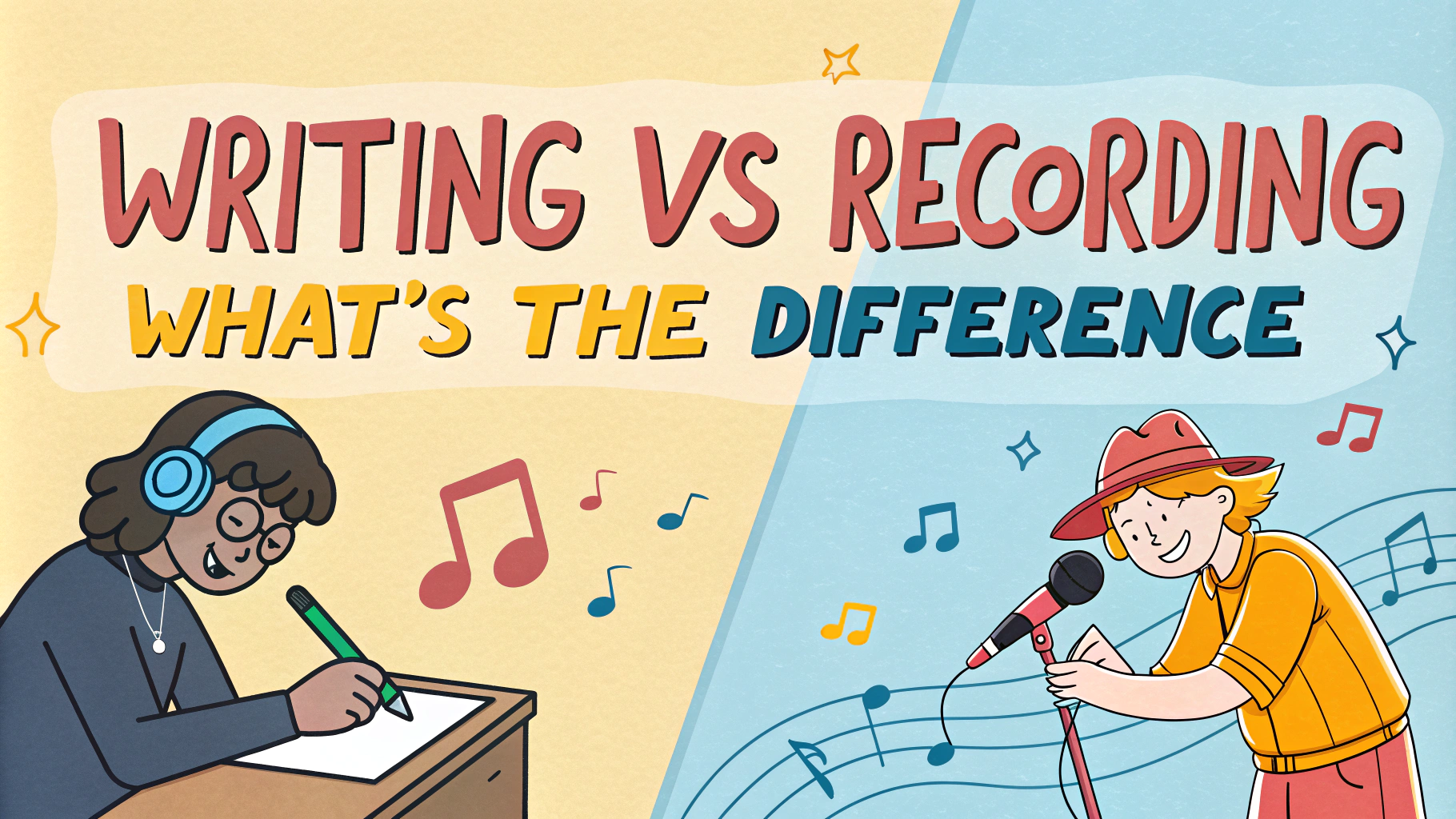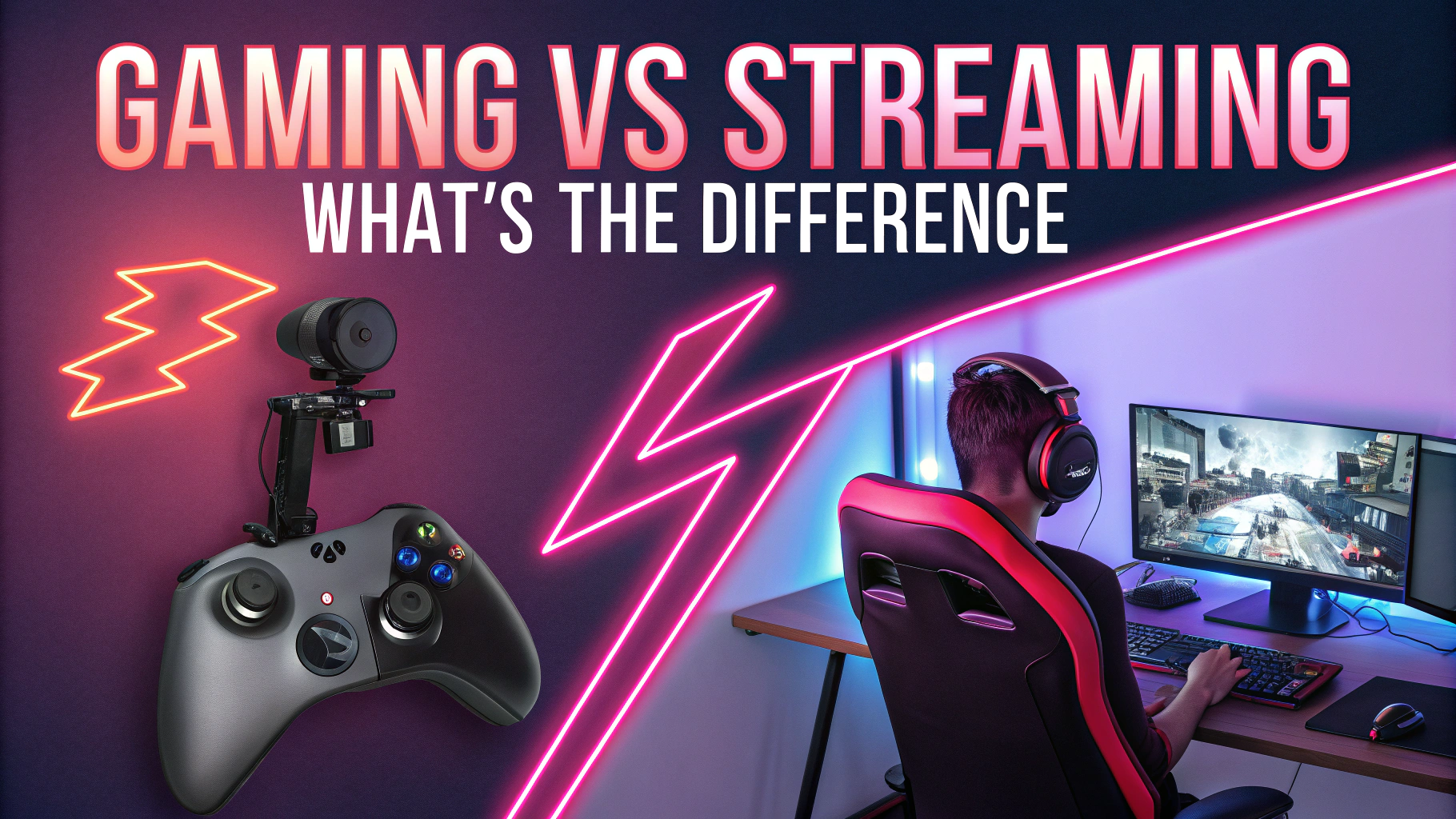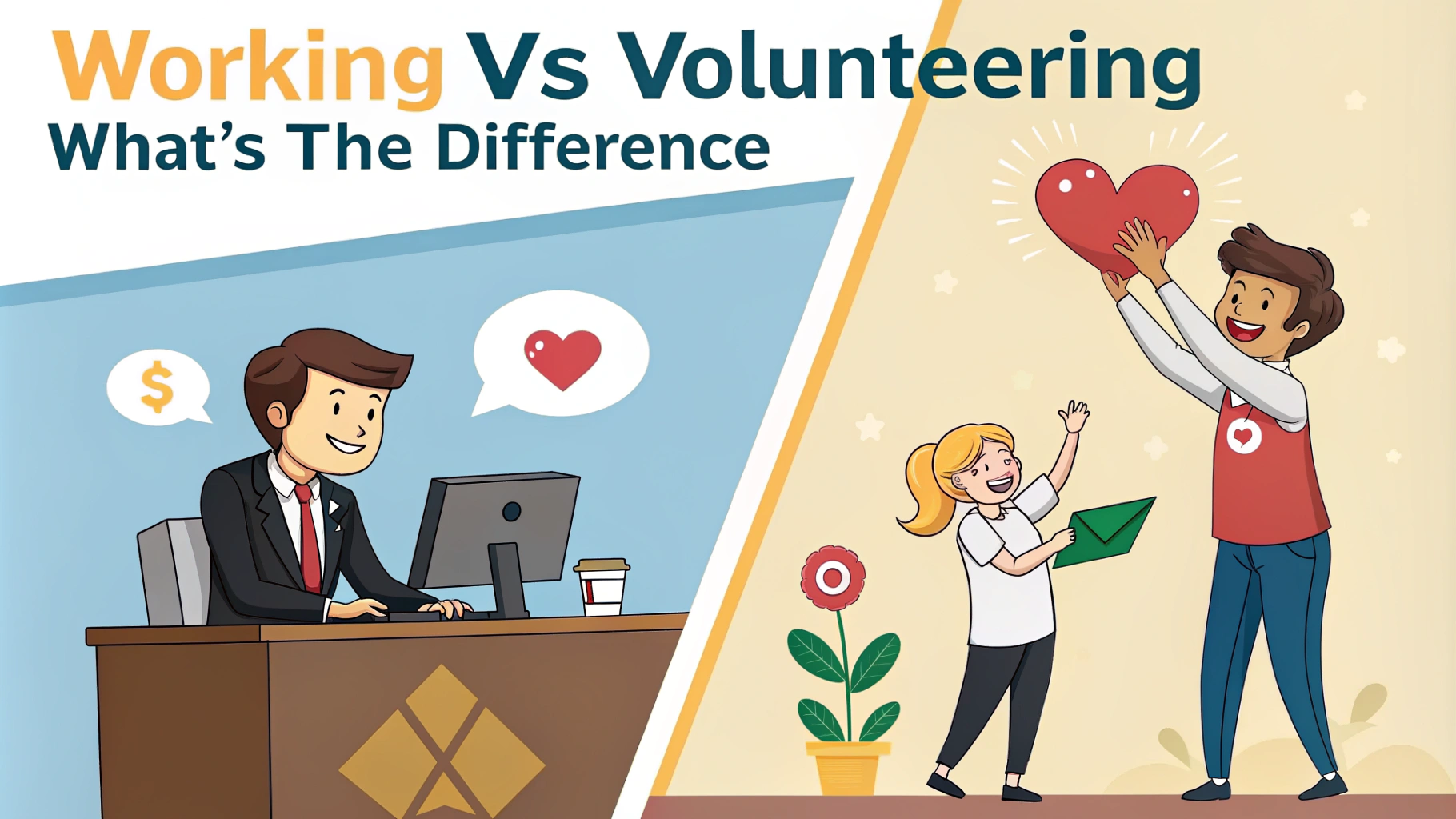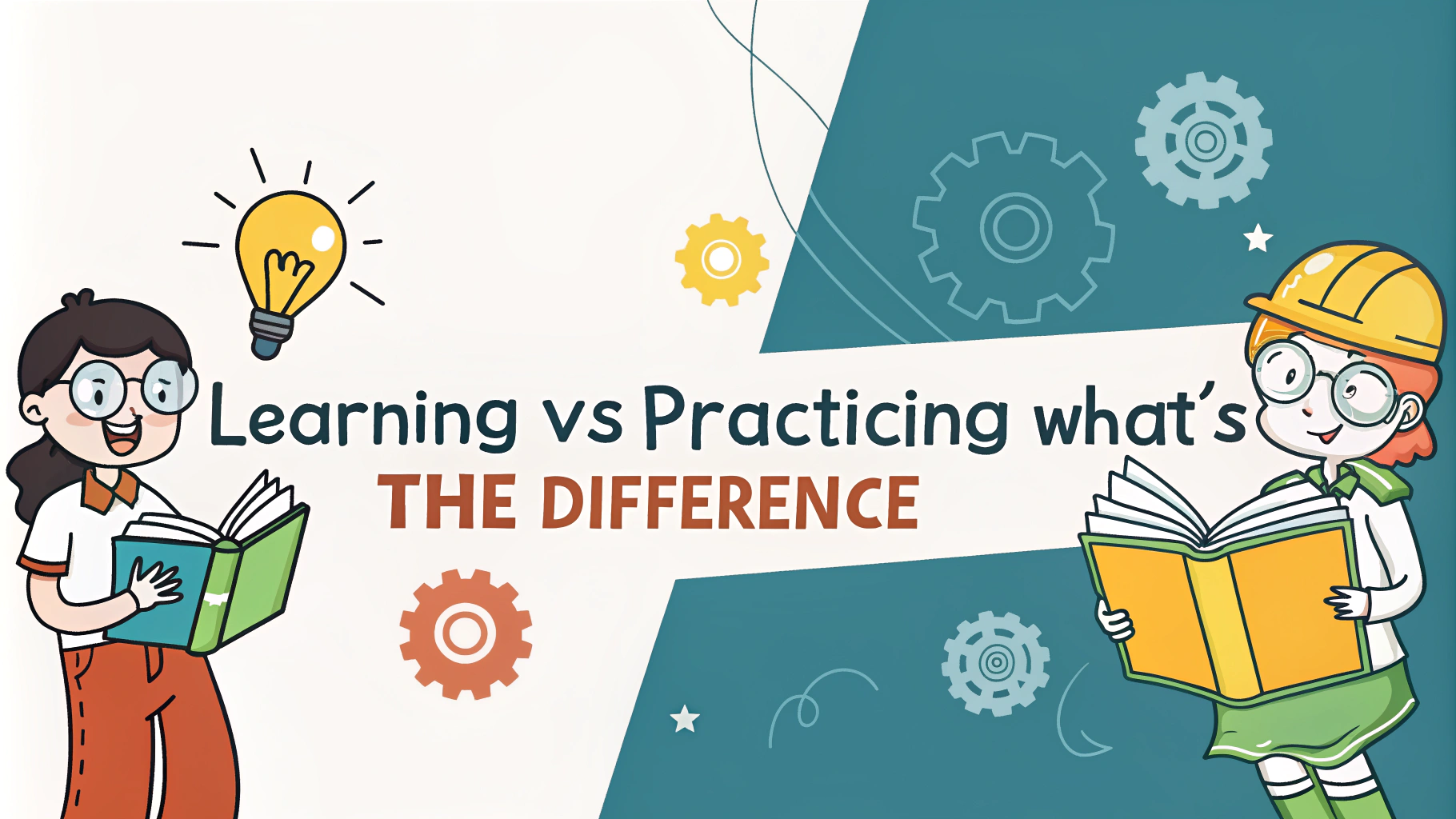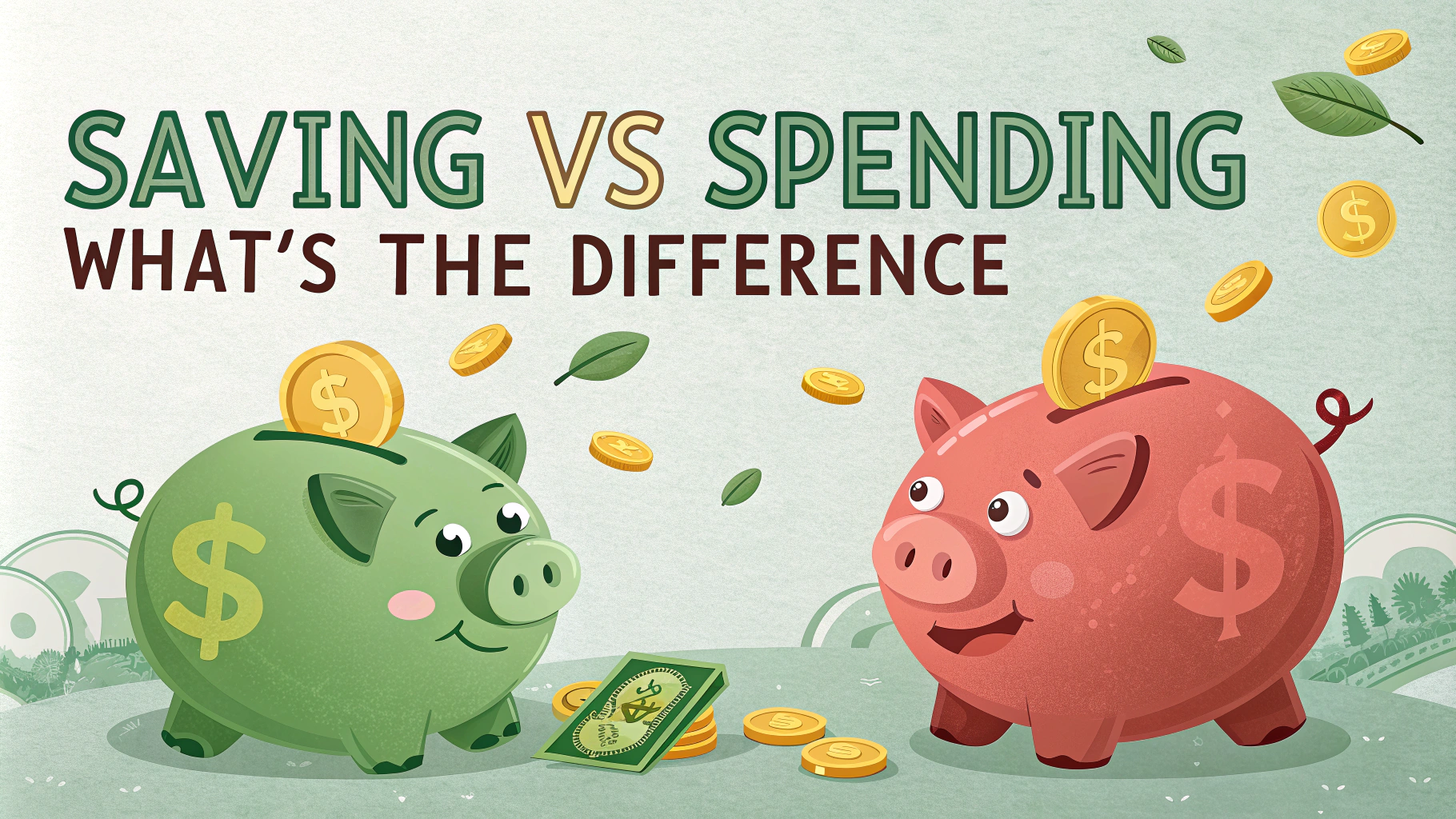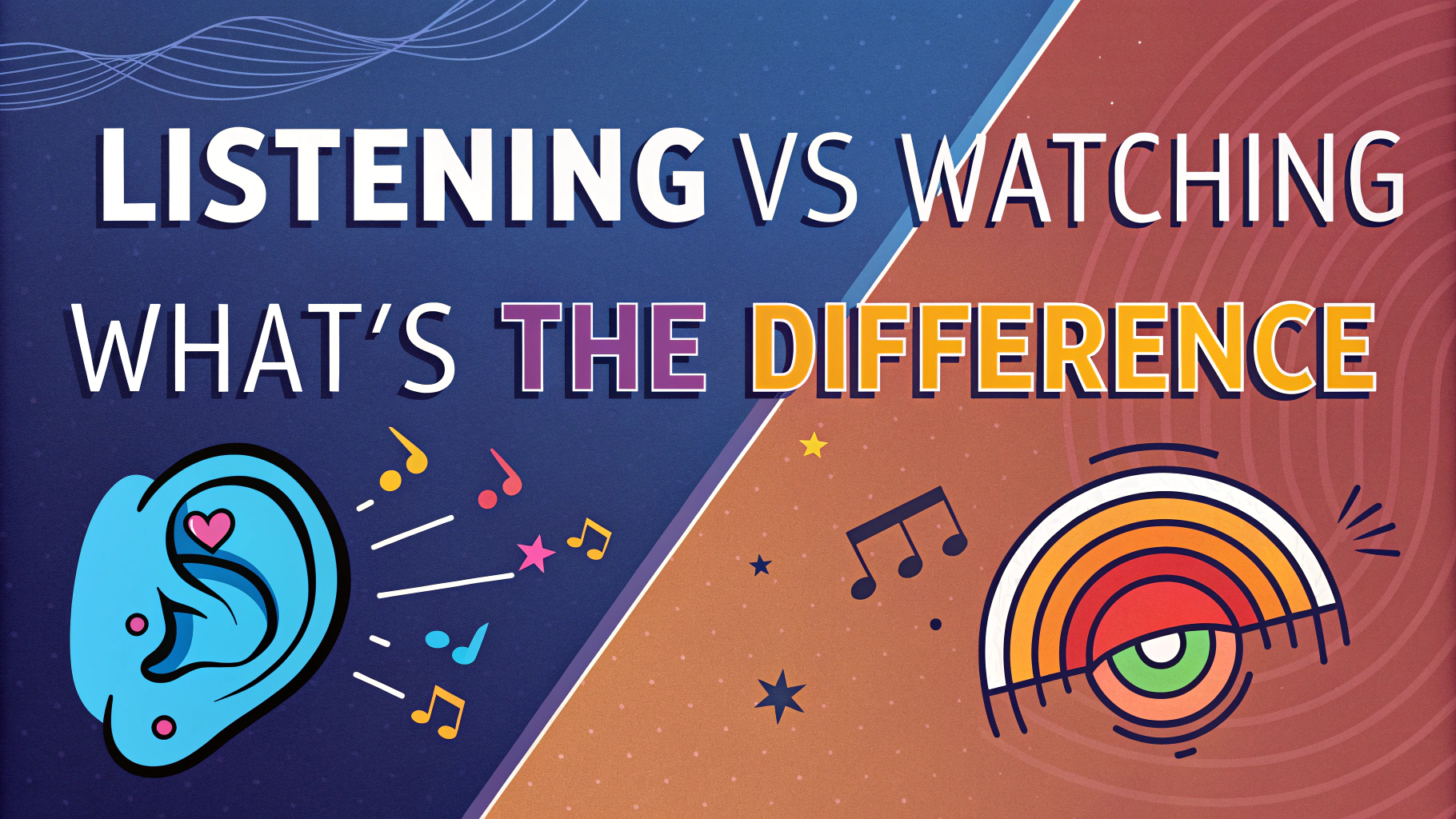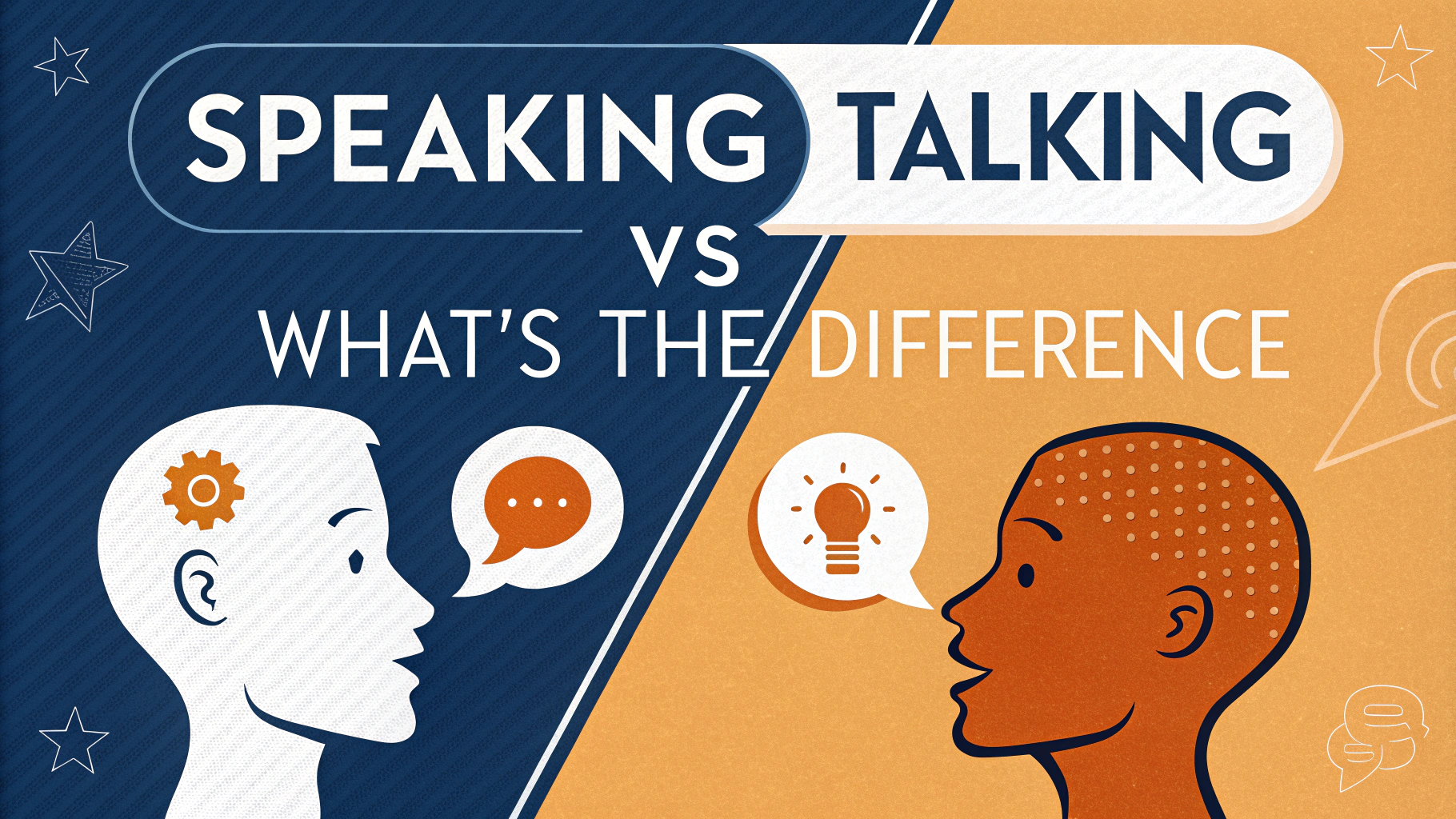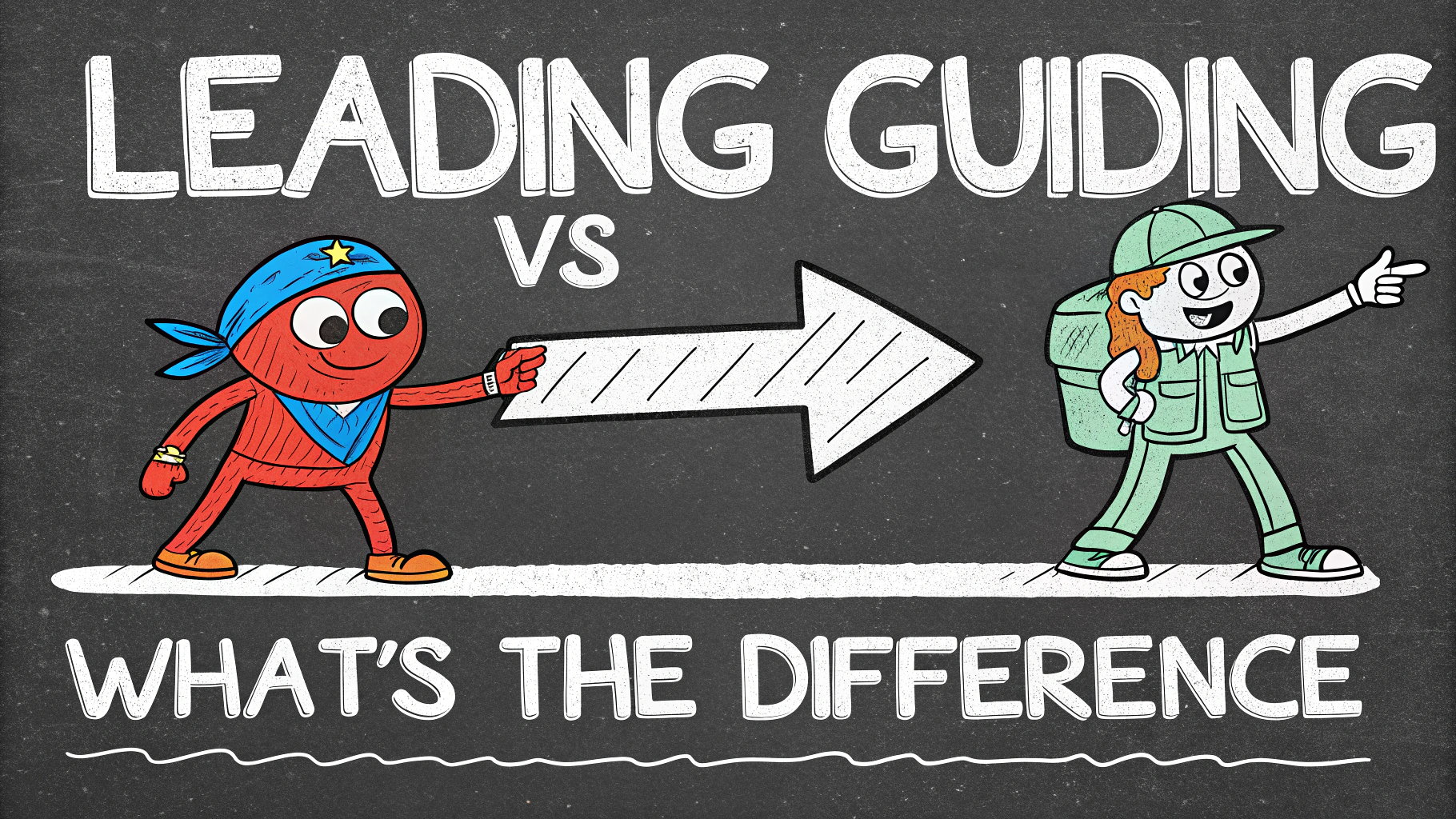Companionship and relationships are two sides of the same coin, yet they differ in significant ways. Many people struggle to distinguish between these forms of connection, leading to confusion and potential heartache. This article explores the key differences between companionship and relationships, helping you understand where you stand and what you truly seek.
We’ll examine the emotional depth, commitment levels, and expectations associated with each type of connection. You’ll gain insights into the benefits and challenges of both companionship and relationships, empowering you to make informed decisions about your personal life. Whether you’re single, dating, or in a long-term partnership, understanding these distinctions can improve your interactions and overall happiness.
Defining Companionship and Relationships
Companionship typically involves:
- Shared activities and interests
- Casual emotional support
- Less commitment and expectations
Relationships often include:
- Deep emotional intimacy
- Long-term commitment
- Shared goals and future planning
Emotional Investment: The Key Differentiator
The level of emotional investment sets companionship and relationships apart. Companionships tend to be more casual, with less emotional vulnerability. Relationships, on the other hand, involve deeper emotional connections and a greater willingness to be open and vulnerable.
Emotional characteristics of each:
- Companionship: Fun, lighthearted, less intense
- Relationship: Intimate, intense, emotionally challenging
Commitment Levels and Expectations
Commitment expectations vary greatly between companionship and relationships. Companionships often have looser boundaries and fewer expectations, while relationships typically involve more defined commitments and mutual responsibilities.
Commitment factors to consider:
- Time investment
- Exclusivity
- Future planning
- Shared decision-making
Benefits and Challenges of Each Connection Type
Both companionship and relationships offer unique advantages and face distinct challenges. Understanding these can help you determine which type of connection best suits your current needs and lifestyle.
| Connection Type | Benefits | Challenges |
|---|---|---|
| Companionship | Flexibility, independence, less pressure | Limited emotional support, potential for misunderstandings |
| Relationship | Deep emotional support, shared life experiences | Higher expectations, potential for heartbreak |
Navigating Boundaries in Companionships and Relationships
Setting and respecting boundaries is crucial in both companionships and relationships. Clear boundaries help maintain healthy connections and prevent misunderstandings. Here’s how to navigate boundaries effectively:
Companionship Boundaries
- Communicate expectations early on
- Be clear about the level of commitment you’re comfortable with
- Establish guidelines for physical intimacy
- Discuss time commitments and availability
Relationship Boundaries
- Define personal space needs
- Establish financial boundaries
- Discuss family and friend involvement
- Set boundaries for conflict resolution
Remember, boundaries can evolve over time. Regularly check in with your partner or companion to ensure your boundaries still align with your needs and comfort levels.
Communication Strategies for Different Connection Types
Effective communication is the cornerstone of any successful connection. However, the approach may differ between companionships and relationships:
| Communication Aspect | Companionship | Relationship |
|---|---|---|
| Frequency | As needed, less regular | Regular, consistent |
| Depth | Surface-level, casual | Deep, intimate |
| Conflict Resolution | Address issues as they arise | Proactive problem-solving |
Tips for improving communication in both types of connections:
- Practice active listening
- Use “I” statements to express feelings
- Be honest and transparent
- Respect differences in communication styles
Transitioning Between Companionship and Relationship
Sometimes, connections evolve. A companionship might deepen into a relationship, or a relationship might shift to a more casual companionship. Navigating these transitions requires open communication and self-awareness.
Signs a Companionship is Becoming a Relationship:
- Increased emotional intimacy
- Desire for more frequent contact
- Discussing future plans together
- Feeling jealous or possessive
When a Relationship Shifts to Companionship:
- Decreased romantic feelings
- Less desire for physical intimacy
- Reduced commitment to shared future plans
- Preference for independence over togetherness
If you notice these signs, have an honest conversation about your feelings and expectations. Be prepared for potential outcomes, including strengthening the connection or deciding to part ways.
Conclusion: Embracing the Right Connection for You
Understanding the differences between companionship and relationships empowers you to make informed choices about your connections. Remember:
- There’s no “right” or “wrong” type of connection
- Your needs may change over time
- Open communication is key in any connection
- Self-awareness helps you identify what you truly want
Whether you seek the casual fun of companionship or the deep intimacy of a relationship, embracing the right connection for you leads to greater satisfaction and personal growth. Be honest with yourself and others about your needs and boundaries, and you’ll forge meaningful connections that enrich your life.
FAQs about Companionship vs Relationship
- What’s the difference between companionship and a relationship?
Companionship typically involves friendship and shared activities, while a relationship usually includes romantic or intimate involvement. Relationships often have deeper emotional connections and long-term commitments. - Can companionship turn into a relationship?
Yes, companionship can evolve into a relationship if both parties develop romantic feelings and decide to pursue a deeper connection. - Are there benefits to choosing companionship over a relationship?
Companionship can offer:- Less emotional pressure
- More independence
- Fewer expectations
- Flexibility in social interactions
- How do expectations differ in companionship vs relationships?
Relationships often involve expectations of exclusivity, emotional support, and future planning. Companionship typically has fewer expectations and may focus more on shared interests and casual interactions. - What are the emotional differences between companionship and relationships?
Relationships usually involve deeper emotional intimacy, vulnerability, and attachment. Companionship may have strong emotional bonds but generally lacks the romantic intensity of a relationship. - Can you have multiple companionships simultaneously?
Yes, it’s common to have multiple companionships as they are often less exclusive than romantic relationships. - How does commitment level vary between companionship and relationships?
Relationships typically require higher levels of commitment, including time, emotional energy, and future planning. Companionships often have more flexible commitment levels. - What are the pros and cons of companionship vs relationship for seniors?
Companionship Relationship + Less pressure
+ Maintenance of independence
– May lack deep emotional connection+ Deeper emotional support
+ Shared life experiences
– Potential loss of individual routines - How do physical intimacy expectations differ in companionship vs relationships?
Relationships often include expectations of physical and sexual intimacy, while companionships typically do not have these expectations, focusing more on platonic interactions. - Is it possible to maintain a long-distance companionship?
Yes, long-distance companionships can be maintained through regular communication, shared interests, and occasional visits, often with less strain than long-distance romantic relationships. - How do financial considerations differ between companionship and relationships?
Relationships may involve shared finances or financial planning, while companionships typically maintain separate financial lives with occasional shared expenses for activities. - What role does companionship play in mental health compared to relationships?
Both companionship and relationships can positively impact mental health. Companionship offers social connection and support, while relationships may provide deeper emotional intimacy and security. - How do family dynamics change with companionship vs relationships?
Relationships often involve integration with family members and potential long-term family planning. Companionships may have less family involvement and fewer expectations regarding family dynamics.

